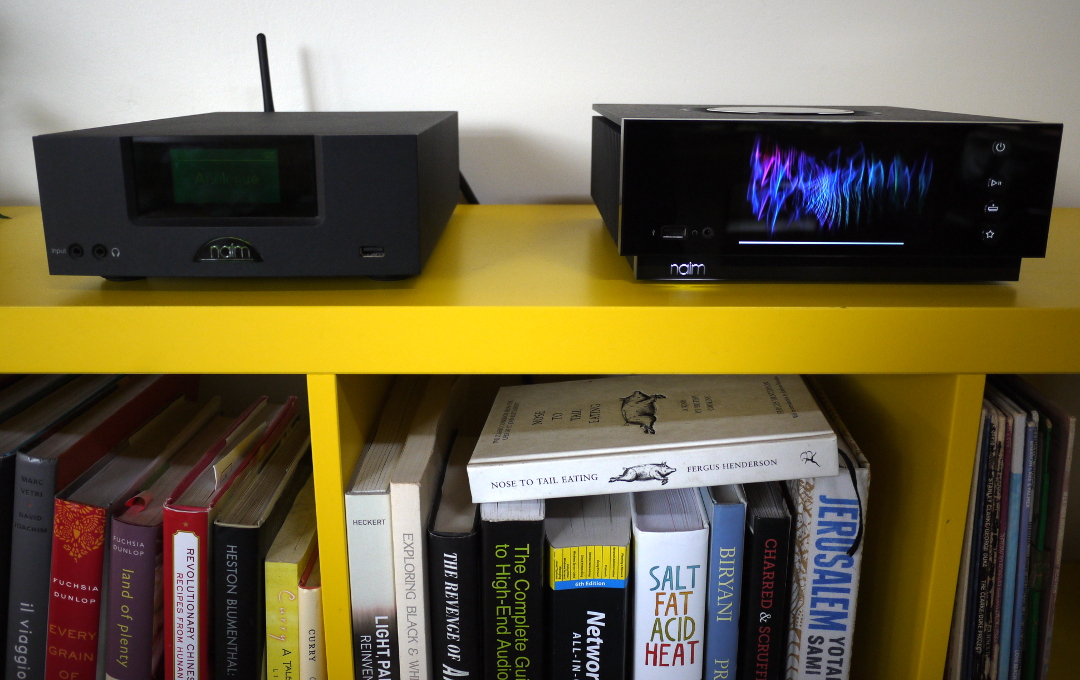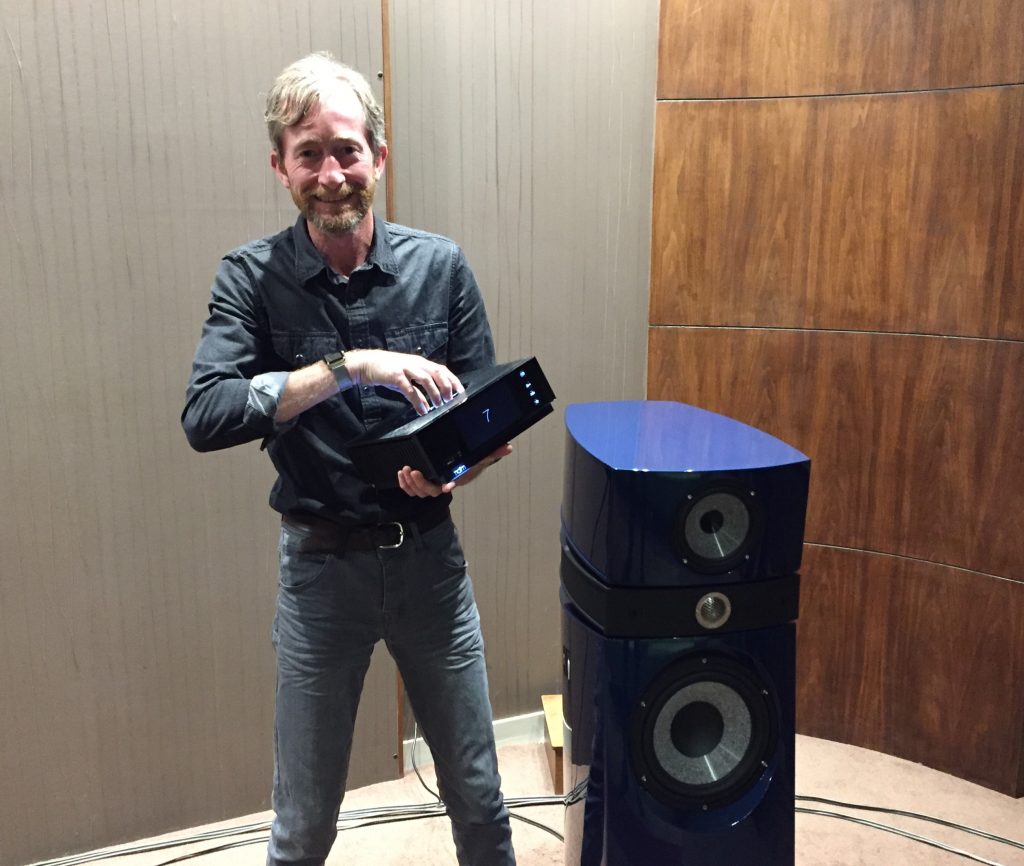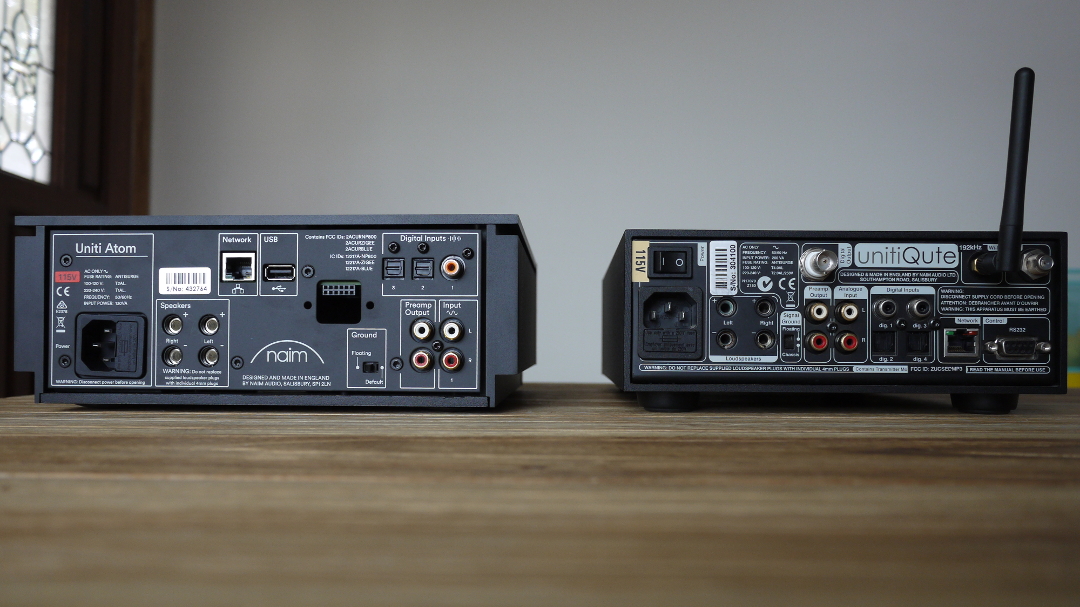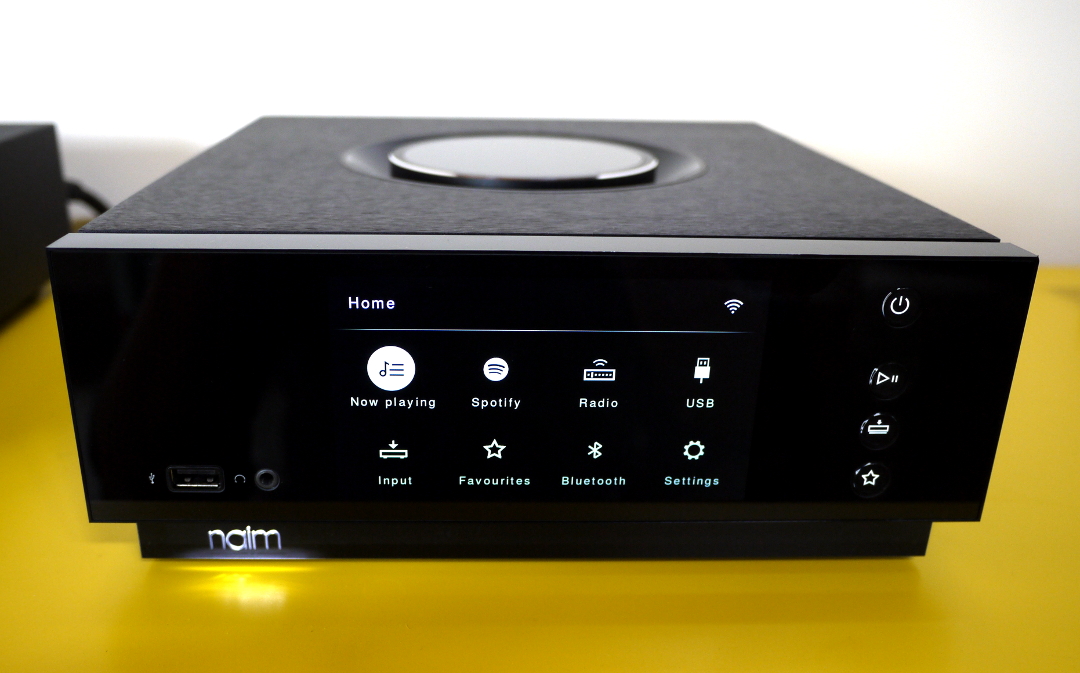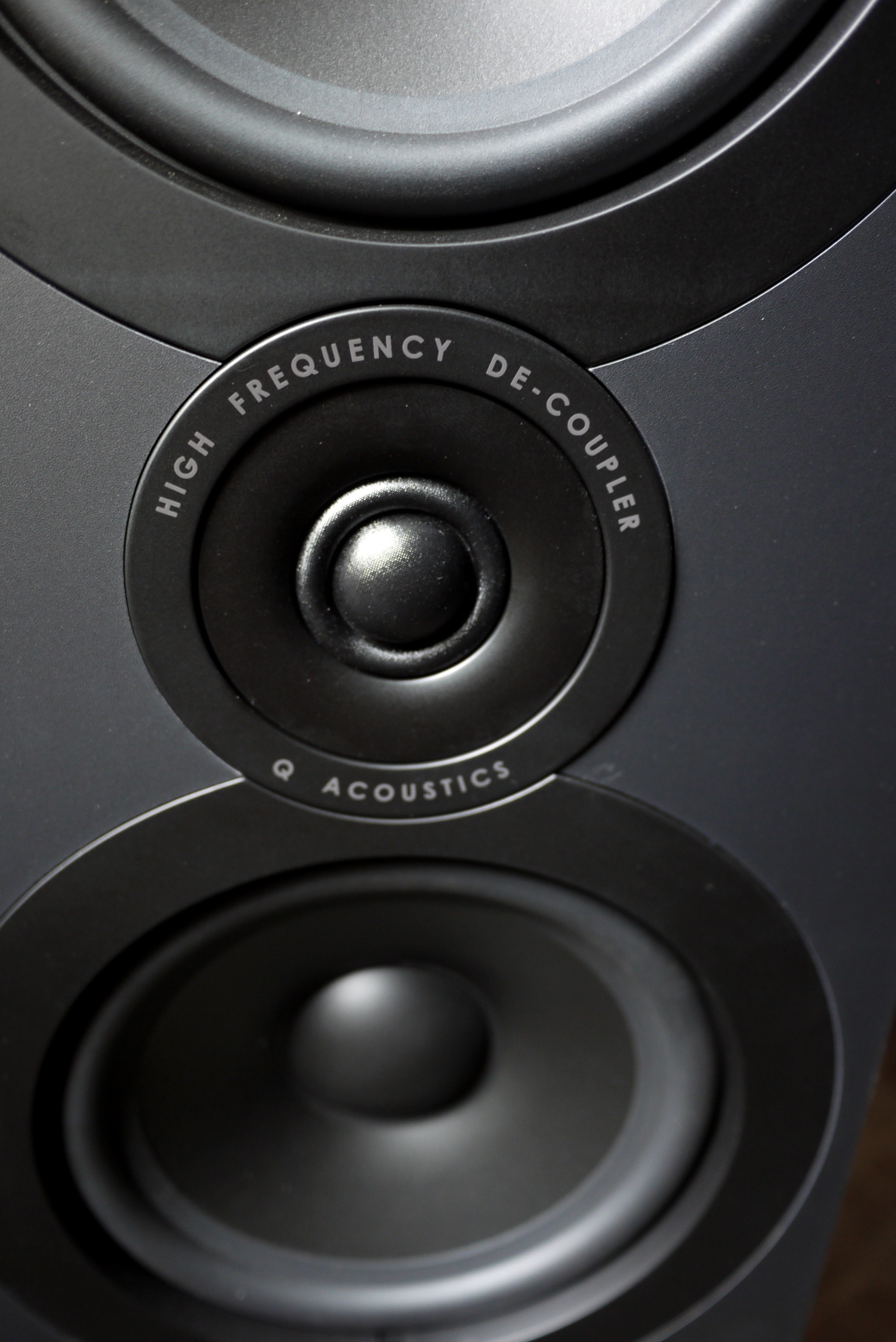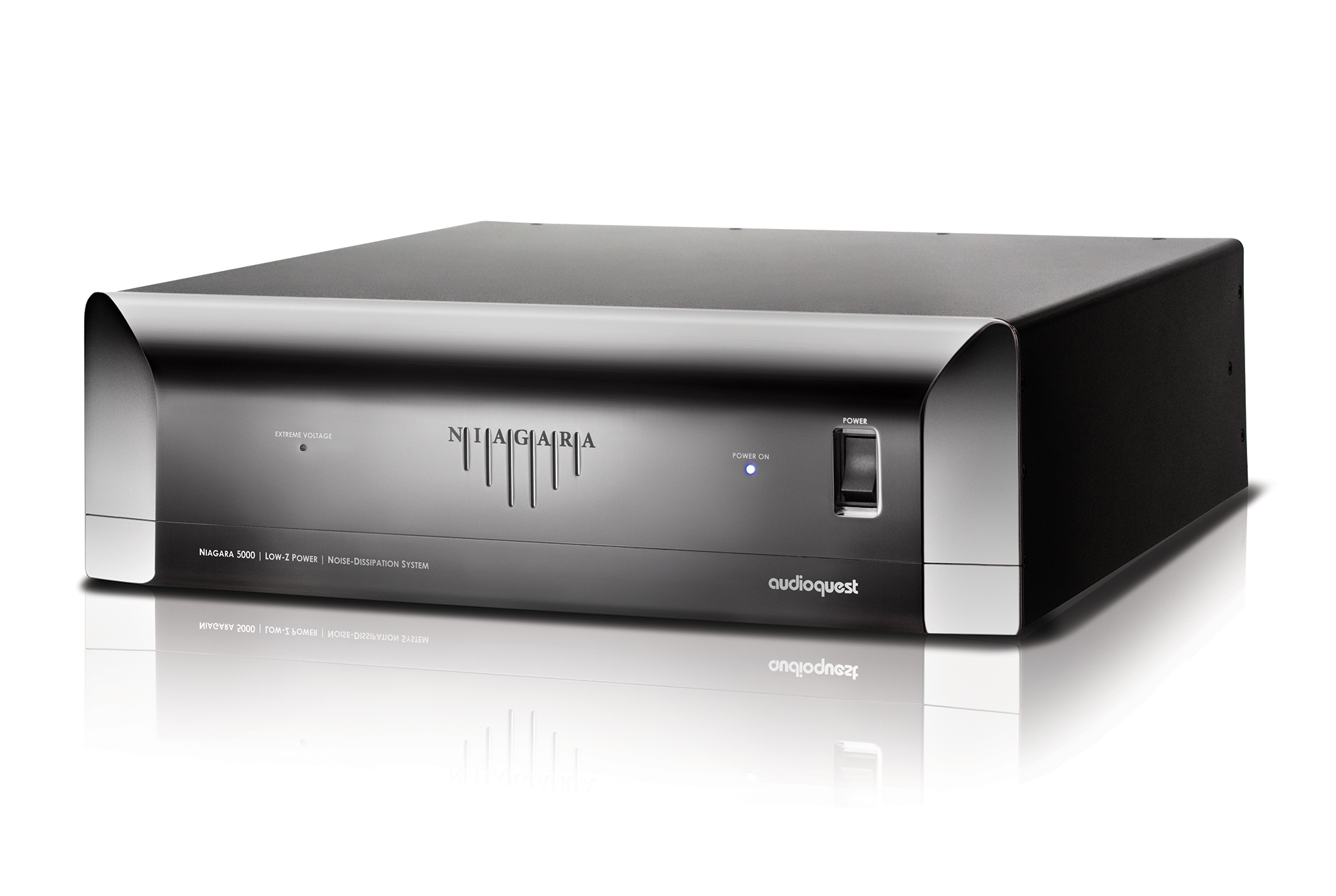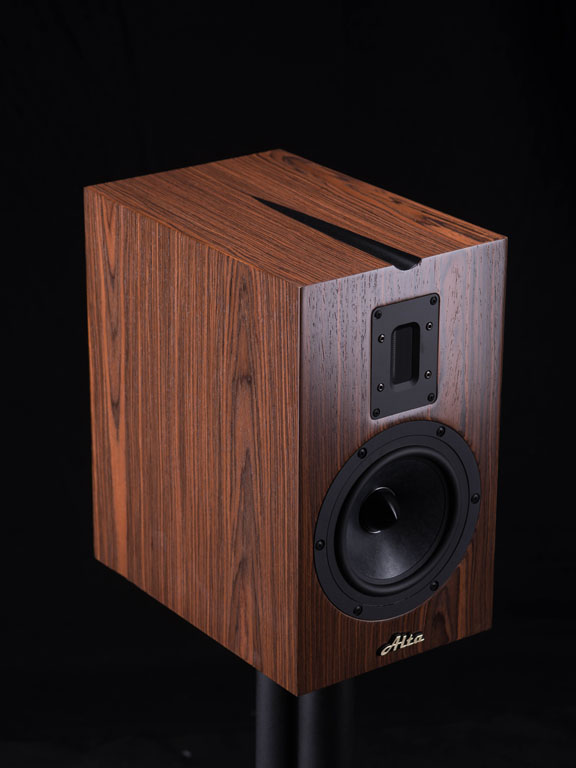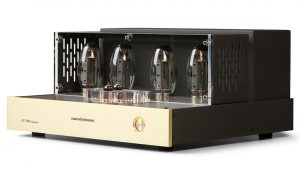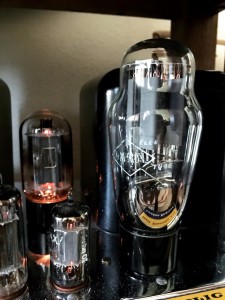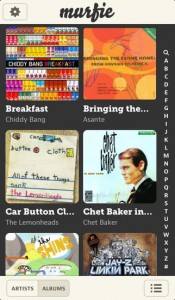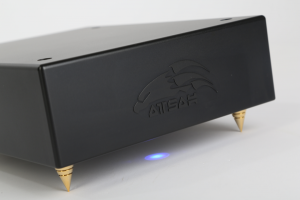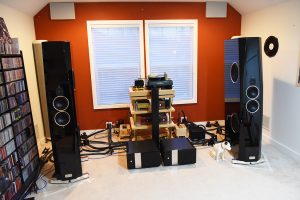Fergus Henderson—the chef who's the reason the hip restaurant around the corner from you serves bone marrow, sweetbreads, and other animal bits—opens his seminal cookbook Nose to Tail Eating: A Kind of British Cooking, with a terse description of lunch at Sweetings. When you order the smoked eel at the bar of this London seafood institution, the waiter behind the counter yells to a runner, who then hands the eel over your shoulder to the waiter, who places it under the counter, and then in front of you "as if they had it all along".
"Not an entirely practical way of getting your food," writes Fergus, "but a splendid eating ritual, and a wonderful lunch."
Contained therein is the very definition of a kind of British heritage; a pomp and circumstance that serves mainly to remind one of what came before. If there's any audio company whose long-time customers burden it with with a "smoked eel over the shoulder" backstory it would be Naim Audio, and a good place to start this narrative would be the rear panel of its amplifier products.
But first, about this "review." There are many detailed and positive reviews of the Uniti Atom out there, and you already know this is an excellent product. I could take 1500 words to repeat that it's beautifully designed and built, easy to use, sounds great, and has an authority far more than footprint would suggest. Or I could go a different way.
I've been a Naim fan for a while. I used to own their 5 series separates, a CD5, a Nait 5 with the Flatcap 2 PSU upgrade, and the hugely unpopular Intro 2 loudspeakers (which I still have). I traded in the electronics for the then-new UnitiQute in 2011 because I was moving countries and wanted to simplify. This was Naim's first all-in-one music player, and my first experience with the new generation of audio product, featuring streaming audio, an app, a screen, and digital inputs.
I decided to set the UnitiQute and the Uniti Atom down next to each other, and—to use an apt phrase I hate because of bad memories from examination papers—compare and contrast. What do the differences between these two products tell us about digital players in 2018, versus when they first came out 50 years ago in the early-2000s? How is a big-but-small company like Naim reacting to both technological and cultural changes in terms of UX / UI (user experience / user interface), and product placement and branding?
I'm being helped on this little tour over email by Steve Sells, electronics design director, Naim Audio.
In Through the Out Door
Let's return to that back panel. With most amplifiers, when you face the front of the unit, the left-speaker output terminals are to the left, and the right-speaker terminals to the right. Naim amplifier products have it the other way.
Richard Dane, administrator of the Naim Audio forum, writes on a thread there that there are two reasons. "First is historical; Naim's first amp was for pro use and here the back is actually the front—this enables quick access to connections in the studio. Second reason, and the reason why it is maintained, is to give a gentle reminder that putting your electronics between your speakers is not the best place for them."
Historicity with a bit of finger-wagging—you couldn't get more British than that.
I want to have been in the room when the decision was made to end this bit of heritage with the new Uniti series, for it was one of the first things I noticed when plugging in the Atom. I told Steve Sells (image above) that I like to imagine it was a brawl of sorts, and he admitted there was a lot of discussion. "A disproportionate amount because it could be considered a sacred tradition of Naim." (Steve, I'm going to read that as, Yes, there was a brawl.)
Continuing with the back panel, it's interesting that the newer product has fewer digital inputs than the older one. Both have two optical inputs, but the Atom has just one coax to the Qute's two.
"Atom has so many primary listening sources built in that it doesn't need lots of extra inputs," wrote Steve. Since optical is more common for set-top-boxes or games consoles, those two stayed. And of course, this being Naim, Steve stressed that "Optical inputs do not create high frequency ground loops. Therefore a connecting satellite TV via optical will not affect the sound quality of the Atom while playing UPnP."
Both products have a pre-amp out, and the Qute has a BNC S/PDIF output as well. The Atom has what I assumed to be a USB digital output, and Steve had to correct me on that one. The USB port is actually an input for memory sticks and hard disc drives, and this explains why the Atom shows up on a list of servers—it can stream music from the USB device to other UPnP clients on the network.
Wi-Fi is no longer proclaimed, as it is on the back of the Qute, by a plastic finger of an antenna, and apparently there's a patent behind this. Naim wanted to remove Wi-Fi and Bluetooth antennae because they look too much like an IT device, and "these are normally at the rear of a product radiating into the interconnects like bunny ears."
Apparently Wi-Fi antennae don't need to be adjustable and can face in any direction, so Naim worked on a hidden slot antenna that's built into the heatsinks, and has a precisely known radiation pattern. The invisibility certainly doesn't seem to hamper Wi-Fi ability, but I didn't test this with any rigor, believing firmly in crawling through the attic with a spool of Ethernet cable to provide each room with "drops."
Bye, Bye Button
As digital technology advances, many products become baby smooth with fewer and fewer physical points of interaction. Remember how much we frothed over The Disappearance of the Home Button? Setting the Qute and Atom side by side though, it's the newer product that is, very relatively, the airplane cockpit.
When I first got my Qute, helped by wonderful support and trade-in pricing from then–Naim dealer Gene Rubin Audio, I had a non-functioning remote, so it really hit me that this player is all but useless without one. There are two functions you can access without a remote—power and loudness. You can turn the unit on and off via the rocker switch at the back, and you can tap or touch the Naim logo in front to mute or change volume. You can't switch inputs, you can't stop and start the music. And that touch logo seems to never work when the doorbell rings, and you're hurriedly trying to turn down the heavy metal or explicit rap album you're playing at top volume.
We'll come to that beautiful volume knob on top of the Atom, but first the front panel. Down the right are four buttons, and the first—reassuring to non-audiophiles—is power / standby. Next is play / pause, and then input switching. Finally, the button with the star symbol scrolls through stored favorites.
Steve talks about why the Atom is different... he used to have a Qute at home and, "... missed the interaction, the tactility. I believe it's human nature to want to physically interact. If you show someone something new you just bought, be it a hi-fi, phone, watch, car they will invariably touch it as part of their subconscious quality assessment."
"And secondly," wrote Steve, "it's just so much easier to use."
I was interested to hear that a proper volume control had been discussed a lot for the Qute,and that Steve pushed hard for one. "I lost," he joked. I asked him if the Qute's black box nature was a reflection of Naim being swept up a bit by the possibilities of the new technology. "Yes," he said. "It was the excitement of app control and the thought customers would rarely use [physical controls]".
I can see that. In those heady early days, the notion of "full control at your fingertips" was exciting, and complaining about lag looked like bourgeois ingratitude. In 2018 however, seconds and microseconds matter, and we must consider delays from unlocking your phone, occasionally re-connecting over Wi-Fi, and of course the minute but frustrating slip between action and consequence when you use a phone app to control, say, volume.
Having the volume knob is reassuring, and the Atom has it proudly on top "because," wrote Steve, "we believe the Uniti range will be used on top of, say, a credenza. The display is on the front so that it can be seen from the seating position."
Much has been said, rightly so, about the lovely piece of engineering that's this spinning attenuator, one that's inherited from the top-of-the-line Naim Statement. It's optically read to reduce friction, and the optical signal controls a "digitally controlled analog volume control." I love that this makes it essentially a physical manifestation of a virtual knob—almost as if the touchscreen evolved before the button, and then someone said, "Hey, what if we take one of those on-screen controls and... get this, make an actual one?"
Using the knob and wishing it it controlled more than just volume so as to be able to spin it more, I thought about Steve recounting how he used to "go to all the hi-fi stores as a kid; press the buttons, turn the controls and dream of how I'd do it when I started designing hi-fi."
The Seven Pillars
A kid who dreamed of designing hi-fi now working at Naim Audio—that sounds like a real-life fairy tale. As Steve talked more about Naim design, I had to remind myself that this is the electronics design director: "We have an aesthetic design language that we use on all products. There are seven pillars of design; minimalism, waves, light and magic, layers, joyful interaction, purposeful materiality, and keeping our past sacred."
I could immediately see what Steve was saying when he said that the wave is most evident on Mu-so and Statement, and light is evident on Uniti, Mu-so, and Statement. I had to take a moment. We're talking about high-end audio design elements with no corresponding SI unit, in the context of a company that was loved and hated because it sold a bunch of Soviet-looking black (or olive or chrome-bumpered) boxes that all seemed identical.
In this vein, I hope you noticed that Steve said "credenza" as against, say, "Quadraspire" in the earlier quote about siting the Atom. The word lifestyle is often used in the audio industry to politely, but utterly damn a product as being about looks over sound. The unashamedly be-heatsinked, non-curvy, weighty design of the Atom combined with true hi-fi sound quality, and a slick, cogent interface, keep the word lifestyle, but strip it of all pejorative connotations. And this is where we are in 2018. The Qute and the Atom may seem like they're on the same evolutionary line, but in use they are ineffably different. "With Qute we had our audiophile upgraders' hat on too much," wrote Steve. "The Atom was a complete redesign."
Almost as if to assure me (and you) that Naim isn't going soft, Steve ended our conversation on a more technical note, saying that the company still loves DIN, linear amplifiers, through-hole components, 4mm sockets, hand wiring, microphonic treatments, and large power supplies. As for the changes to long-held practices, he wrote, "Many Naim Naim-isms come from what sounds best or worked best at that point in history. If the world changes, then we have to assess if this is still the best design choice or if we are being traditionalists."
Wise words. If I visit Sweetings, I'd be mildly disappointed if the smoked eel didn't travel over my shoulder and then appear in front of me the way Fergus Henderson described. But I would be utterly let down if it did, and then tasted as if it came out of a can.
Uniti Atom
Retail: $2995
Naim




